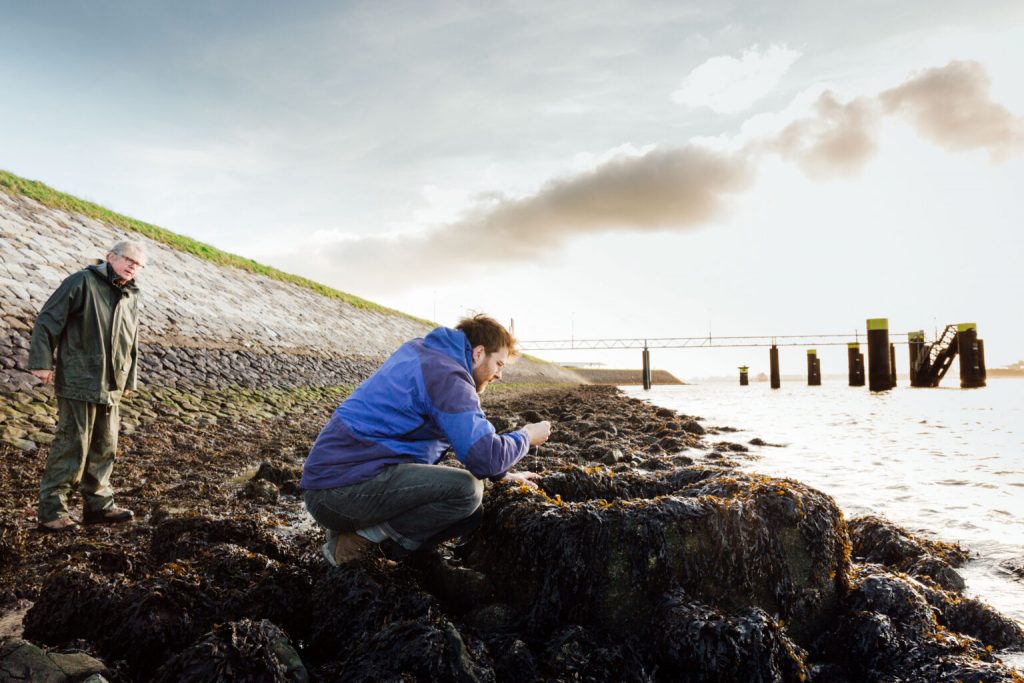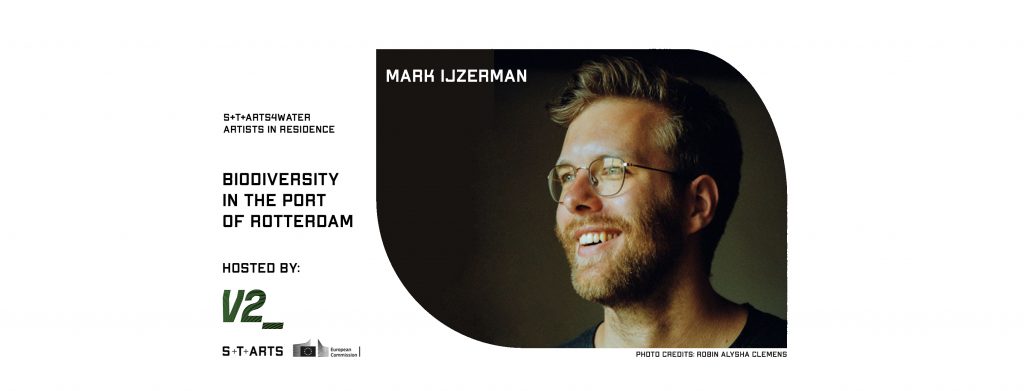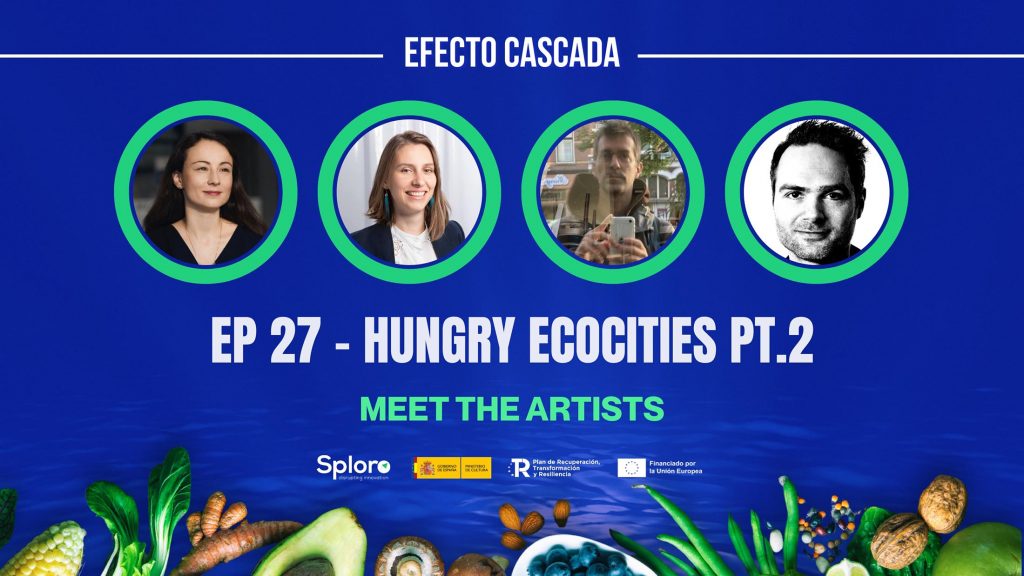Interview with Mark IJzerman, S+T+ARTS artist-in-residency for STARTS4Water challenge Biodiversity in the Rotterdam Port
After making an artificial intelligence installation that invites visitors to communicate with ‘the North Sea’, and a video in which humans are anthropologically observed from the perspective of a barnacle, Mark IJzerman searched for a fresh and interesting other-than-human entity as narrator for his artworks. A city ecologist drew his attention to a relatively new species that has been conquering the Dutch harbours in the past years: the Australian tubeworm. IJzerman has investigated this sessile organism in the Rotterdam port during the past four months as part of his S+T+ARTS residency Biodiversity in the Port of Rotterdam, hosted by _V2 in the framework of the STARTS4Water project.
As climate change warmed the harbour water and increased its salinity, the Australian tubeworm made its first appearance in Europe in the 60s. It is mostly seen as an invasive species as its fast-growing reefs encrust human structures and it radically changes its environment. IJzerman takes a different stance: “I immediately saw an interesting parallel between the huge infrastructures at the port, constructed by people for economic gain, and our tiny friend building elaborate reefs, unseen by pedestrians.”
Materiality matters
IJzerman’s first challenge was to ‘meet’ the sea creature. “I immediately went there with a scoop but was left disappointed. On my own, I felt a bit lost in the large port.” Most people he got in contact with were desktop researchers: very helpful in providing scientific articles but some never even laid eyes on the creatures they were devoting all their research to. “Weird, isn’t it? I realised that if I never held a tubeworm in my hands, how could I say anything about it?”
For an artist with a track record of making sound- and videoscapes using AI programs, drones and satellite imagery, this passionate plea for material research is perhaps unexpected. “So much art nowadays takes place in the virtual, with 3D and VR glasses, I feel that we are drifting further away from the natural world,” says IJzerman. The opportunity to go on field trips with biologist Peter Paalvast, who has been advising the Port of Rotterdam about biodiversity for a long time, saved his project in his own words “from getting stuck in endless theory”.
A fish tank that houses several tubeworms in his studio attests to his empirical research, “look how quick they grow in three days!” More thoughtfully, IJzerman adds: “Is it the right method to put them in this kind of ‘white cube’-environment? I don’t think so, it is a bit colonialist. But while it is perhaps easier to decide to refrain from it, that won’t bring you further either.”
Linguist and historical
Just like the Port of Rotterdam redirected him to Paalvast, the many people that IJzerman spoke with form an intricately interconnected network. Associate researcher & scientist at Naturalis Harry ten Hove provided a second breakthrough moment: the revelation that the tubeworm was known under many names like cerpulint, Mercierella enigmatica, or Ficopomatus enigmaticus, increased the number of articles available by tenfold, which IJzerman devoured as Christmas reading.

Another significant part of his research concerned the Port of Rotterdam itself. IJzerman learned that its shape changed out of economic motifs: steep quays transformed the formerly broad waterway that functioned as an estuary to a narrow inlet that runs the risk of overflowing and enhances the tubeworms’ living conditions. “Several researchers reckon that we should consider changing it back. This historical research became an important narrative in my project.”
Artistic research
“I am now at the point where I should decide my position,” IJzerman reflects. He has plenty of ideas. “Perhaps I could raise awareness about the tubeworm’s existence by setting up a Tubeworm TV – lifestream? Or I could counter its negative image with its uses as bio-indicator, water-filter, or present the creature as a climate refugee. At this point, it can go either way.” IJzerman will develop prototypes to present to test audiences in his host institution, V2_, Lab for the Unstable Media (open for public on March 11, April 8, and May 13).
When asked how he regards the connection between his art and all this research, IJzerman says: “For me, it is important that my work will have a speculative element. More than just visualising scientific research, art can be thought-provoking in its own manner. Scientific methods are very cold-hearted.”
Text: Désirée Kroep


